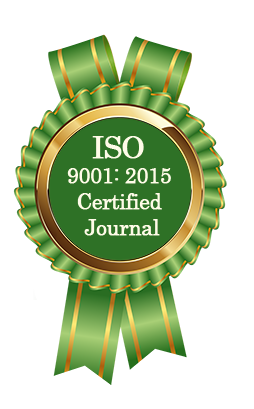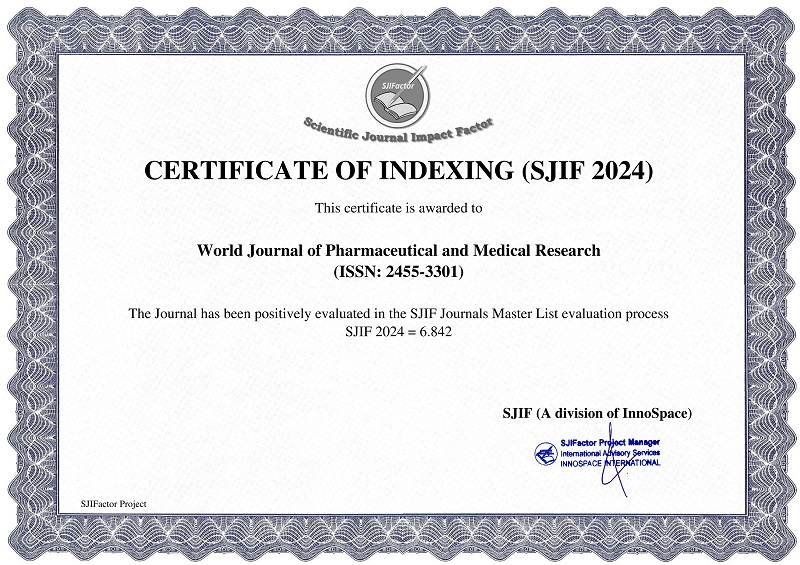RENAL ADAPTATION AND GROWTH OUTCOMES IN SOLITARY KIDNEY: THE ROLE OF KIDNEY WIDTH AND BIOCHEMICAL INDICATORS
Ashraf Soliman*, Mustafa Elbaba, Fawzia Alyafei, Noor Hamed, Nada Alaaraj, Sohair ElSiddig and Shayma Ahmed
ABSTRACT
Background: Children with a solitary functioning kidney (SFK) are often subject to long-term monitoring due to the potential risk of reduced nephron mass and its implications on growth, metabolism, and renal function. While compensatory renal hypertrophy is a known adaptive mechanism, the relationship between renal size—particularly renal width—and systemic growth and biochemical parameters remains underexplored. Objective: To assess the association between renal width and anthropometric indices, as well as selected biochemical markers, in young children with a solitary kidney, in order to identify predictive indicators of optimal renal and somatic adaptation. Methods: A cross-sectional study was conducted on 28 children aged 1.5 to 5 years with a confirmed solitary kidney, either congenital or acquired. Anthropometric data, including weight-for-age (WAZ), height-for-age (HAZ), BMI standard deviation scores (BMISDS), and serum biochemical markers (sodium, potassium, albumin) were recorded. Renal dimensions were assessed by ultrasonography, and correlations were calculated between renal width and clinical/laboratory variables. Descriptive and inferential statistical analyses, including Pearson’s correlation coefficients, were applied. Ethical approval was obtained from the institutional review board. Results: Renal width showed significant positive correlations with WAZ at 3 and 5 years (r = 0.31 and 0.34; p = 0.022 and 0.018, respectively), height SDS (r = 0.27; p = 0.045), and biochemical markers including serum sodium (r = 0.36; p = 0.012) and potassium (r = 0.35; p = 0.015). A modest correlation was noted with albumin (r = 0.18; p = 0.12), while BMI SDS also trended positively but did not reach statistical significance. Children with larger renal width generally demonstrated better growth indices, suggesting that renal size may reflect systemic growth potential and nutritional status. Conclusion: This study highlights renal width as a meaningful parameter that correlates with both anthropometric and biochemical markers in children with a solitary kidney. Its inclusion in clinical monitoring may enhance the early identification of children at risk for impaired adaptation. Our findings support a multidisciplinary approach combining nephrological, nutritional, and endocrine assessments to optimize outcomes in this population. Longitudinal studies are needed to validate renal width as a prognostic indicator and to explore its relationship with hormonal and tubular function markers.
[Full Text Article] [Download Certificate]



